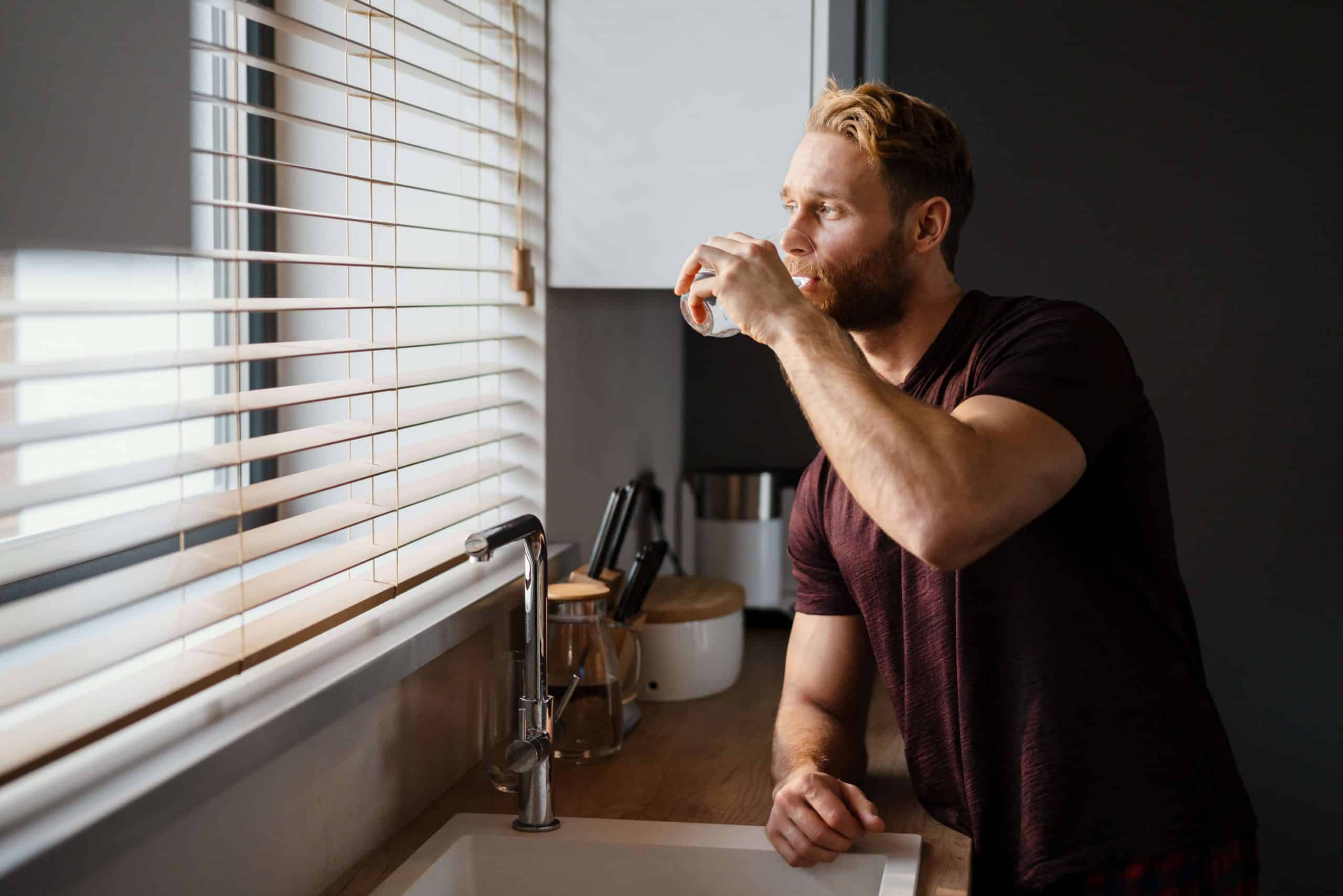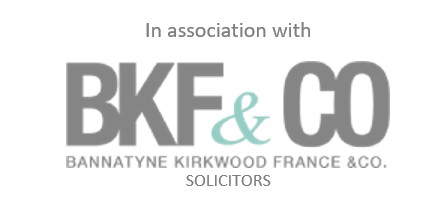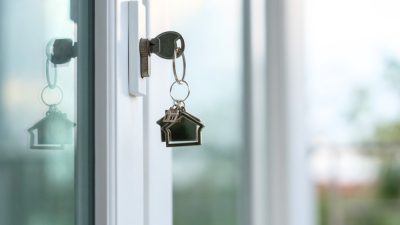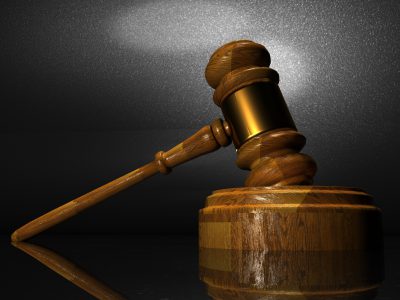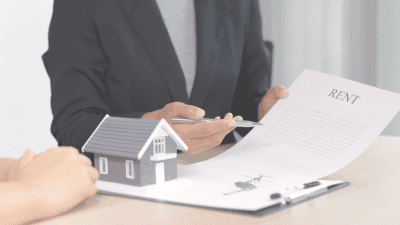The new guidance prepared by the Scottish Government in relation to the Repairing Standard under the Housing (Scotland) Act 2006 takes effect from 1 March 2024. One area that has caused some concern amongst landlords is the issue of lead in drinking water and what their responsibilities are. The main cause of lead in drinking water is lead pipes leading up to or within a house. The use of lead pipes is more common in houses built before 1970 unless they have had their pipes replaced. The guidance can be found here with paragraphs D18 to D27 relating to lead in the water supply.
What is the Minimum Level?
Water quality regulations set a maximum permitted level of lead in drinking water at 10 micrograms per litre of water. However, a new standard of 5 micrograms per litre of water will be required to be met by 2036. It should be noted that the World Health Organisation’s view is that there is no safe level for lead in drinking water.
Can Lead be Used Anywhere?
Lead pipes, lead lined storage tanks or lead fittings should not be present in the water supply of any private rented property. That applies from the boundary stopcock to the kitchen tap. That means:
- All drinking water outlets;
- All pipework to those drinking water outlets;
- Any water storage tanks within the property itself; and
- Any water storage tanks in attic or roof space (including any common water tanks).
What are the Duties on Landlords?
Unless a landlord is unable to replace pipes or other fittings, due to lack of consent from other owners for example in a tenement property, all lead pipes or lead lined tanks must be removed in order to comply with the Repairing Standard. Landlords are required to take reasonable steps (and demonstrate they have taken those steps if necessary) to get such rights or consent, but a landlord will not be at fault if they do not get consent despite taking these steps.
What Should Landlords Do?
Private landlords should check (preferably by a suitably qualified/approved plumbing contractor) any visible pipework within the house for the presence of lead pipes. Just because there are no lead pipes visible does not mean that there is no lead in the drinking water. Sources of lead could include hidden pipes, lead solder, lead lined water tanks, and underground lead pipes to the house from the boundary stopcock.
If a landlord is unsure whether there are lead pipes or is aware that there may be a risk (for example with an older property which has not had its water pipes replaced), tenants must be informed of that, and the water supply tested by way of laboratory analysis. Water should be tested at all outlets where water may be consumed as lead may be present anywhere in the property’s plumbing.
What Needs to be Tested?
The guidance states that the water supply should be tested at all outlets where water may be consumed. This means cold taps at the kitchen sink, baths, basins as well as any sink within a utility room. You do not need to test outside taps (unless there is a particular risk, they would be used for drinking water) or any hot taps. If there are mixer taps, they should be tested using the cold-water setting.
If the property is connected to the public water supply and you suspect lead might be present, you can request Scottish Water test the water free of charge. This will be done at the cold tap at the point of entry to the property (in most properties this will be the kitchen sink). If lead is found to be present, Scottish Water will undertake an investigation free of charge and replace any sections of lead in its part of the service pipe between the water main in the street and the boundary stopcock. Various local authorities as well as private laboratories can also carry out testing for a fee to test elsewhere within the property.
For properties connected to a private water supply, you can contact the local authority environmental health team for advice on sampling and possible charges.
If a landlord is uncertain whether there are lead pipes, or is aware of a risk, tenants must be informed, and a water sample must be taken for laboratory analysis. Water should be tested at all outlets where water may be consumed as lead may be present anywhere in the building’s plumbing.
What Should I do if Lead is Found in the Drinking Water?
If tests show that the lead content is at or above 3 micrograms per litre, this indicates that there is some lead present in the plumbing. Any tenants must be informed immediately, and you should identify and replace any lead pipework within the property that is not the responsibility of Scottish Water. Once pipework is replaced, the water should be retested.
Short-term precautionary advice to tenants should also be given such as not drinking water that has been standing in pipes for long periods (e.g. overnight or if no-one has been in for several hours), and drawing off a washing-up bowl of water to clear any water which has been standing in the pipes before using it for drinking or cooking.
If you require any further information or advice, please contact us or watch our blogs for further updates.
